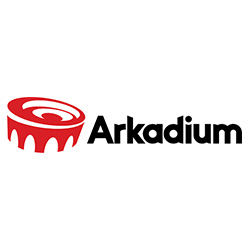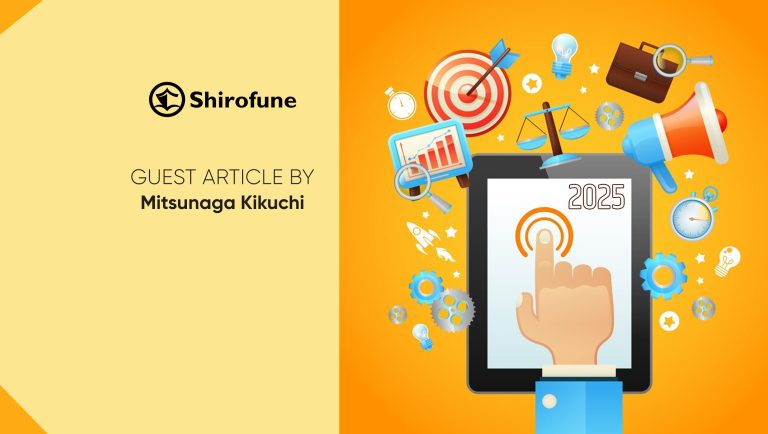 One of the biggest challenges for both publishers and brands today is capturing the attention of users without disrupting their online experience. And while most consumers ignore ads, there’s actually an effective method that can help capture their attention: contextual advertising.
One of the biggest challenges for both publishers and brands today is capturing the attention of users without disrupting their online experience. And while most consumers ignore ads, there’s actually an effective method that can help capture their attention: contextual advertising.
At its core, contextual advertising is an efficient way to deliver advertisements that are directly correlated with the content the consumer is enjoying. Contextual advertising is more personalized than traditional display, since the ads are directly related to the content the consumer is engaging with.
Also Read: Arkadium Brings Artificial Intelligence to Content Generation
Given the recent challenges of audience targeting misaligning with inappropriate content and increasing regulation on data privacy — expect contextual advertising to become even more prevalent moving forward. Here are some reasons why.
Branded content will rise
For advertisers, the most important part of any successful ad campaign is delivering an effective consumer experience. The more relevant and useful an ad is for the consumer, the more likely they’ll engage, and thus increase the opportunity to deliver ROI for the advertiser — and ultimately the publisher. However, consistently delivering an effective consumer experience at scale is difficult. Branded content has been an increasingly effective tactic to bridge the gap of providing consumer utility, however has also struggled to deliver organic scale. As publishers and brands continue to evolve in 2018, we’ll see branded content increasingly become aligned with contextual targeting.
Scaling branded, contextually relevant advertising organically is not easy. While inorganic distribution through paid social and sponsored content platforms has provided advertisers with amplification, the cost has been poor consumer experiences thanks to clickbait and irrelevant context. Naturally, consumers prefer utility in their advertising and are more likely to have a positive response to ads with relevant and contextual branded content. In fact, 93 percent of consumers prefer brands who share content that includes new information. Not only are they more receptive to branded content, but it’s also twice as memorable to the consumer than traditional display ads.
Also Read: When it Comes to Ad Blocking, Personalization is the New Scale
Digital storytelling in “real contextual time”
On the open web, consumer experiences have tended to be either content or advertising, not both combined. While branded content can be an effective method to both provide both relevant and useful content within a consumer’s digital experience, it has been difficult to scale organically. Additionally, producing and delivering branded content has traditionally been a manual process. That said, there’s an extraordinary opportunity today to leverage available technology to solve branded content’s challenges. With the help of artificial intelligence and machine learning, publishers and advertisers can now have the ability to create relevant, highly engaging content in real time and at internet scale. Here, the reader can enjoy relevant and engaging experiences, the publisher enjoys the automated creation of interactive content and the advertiser organically participates – all in “real contextual time.”
Publishers and brands who leverage available technology today to create relevant, interactive branded content in 2018 will see increased consumer engagement, with organic scale, that as a result can produce a meaningful ROI.
Recommended Read: If A Picture’s Worth a Thousand Words, Then Visual, Interactive Content Is Priceless





















